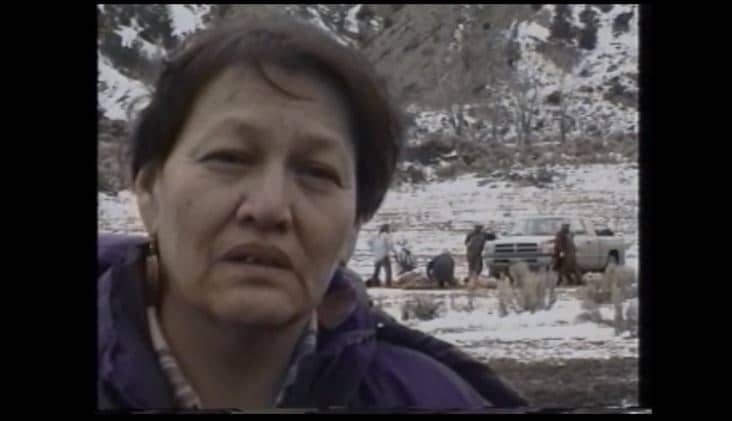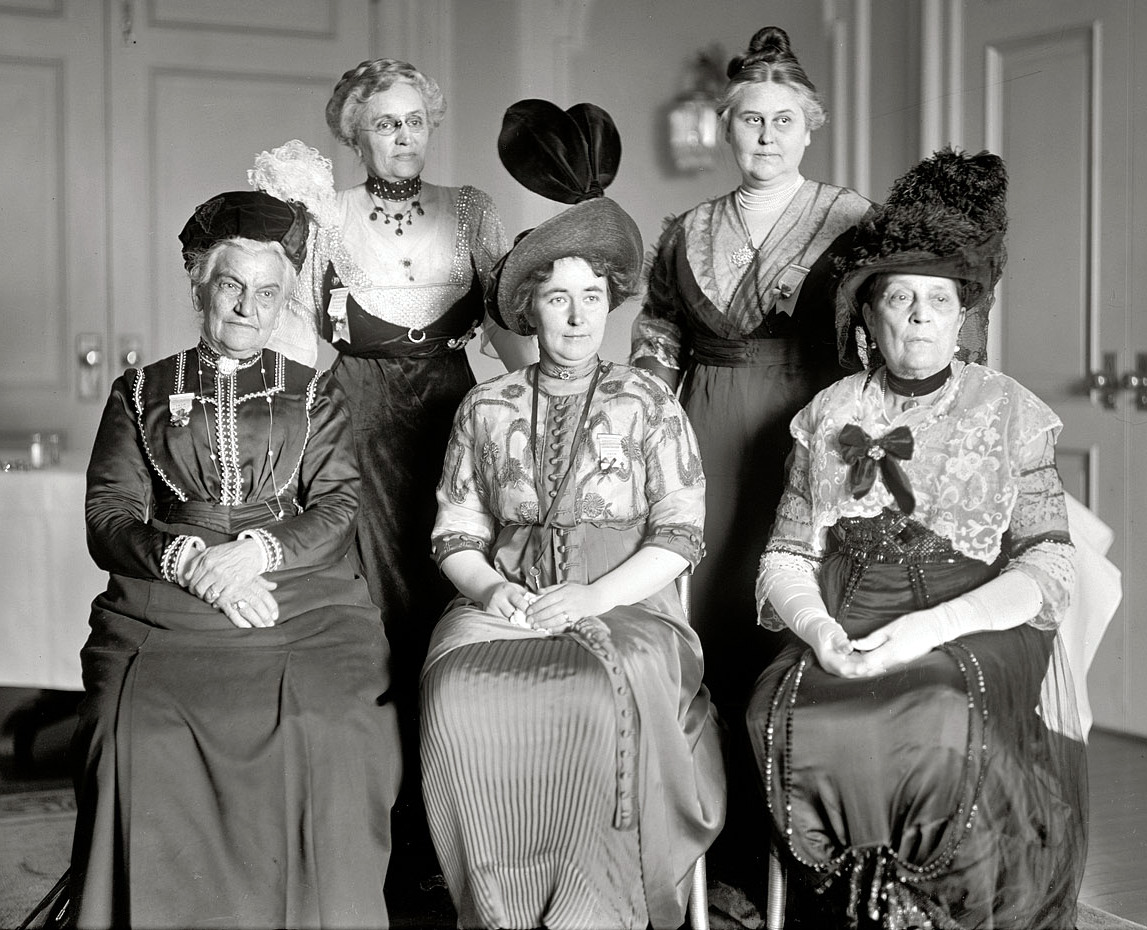
Rosalie Little Thunder
“When we talk about buffalo people, we’re not talking about buffalo and Lakota separately. It’s all one.”
“We live in a time when how to be a good human being in the natural world is diminished,” wrote Rosalie Little Thunder late one night in May, 2002, as she sat at her computer sending e-mails to dozens of Native and non-Native grassroots organizations. She was writing about the recent killing of 72 Yellowstone National Park buffalo in one day by the Montana Department of Livestock (DOL); so deeply embedded are these animals in Lakota spirituality that the news had kept her from sleeping.
A tenacious activist, member of the Sicangu Lakota Nation, award-winning bead artist, and Lakota language teacher, Little Thunder worked to protect wild buffalo from the mid-1990s until her death in 2014. She wanted these last wild buffalo not to disappear and for Native peoples to have more agency in their fate. In 1999 she led a group of Lakota Sioux on a 507-mile walk across Montana carrying a sacred pipe wrapped in a bundle in her arms. The difficult journey was offered as a sacrifice to honor the spirit of the many Yellowstone wild buffalo slain over the past few years by the Montana DOL. It was an act, she said, of spiritual activism: “When we co-existed with the buffalo for centuries, we could see its role in the ecosystem, in the natural world, and we adopted its ways, so when we talk about buffalo people, we’re not talking about buffalo and Lakota separately. It’s all one.”
I had the honor of working with Little Thunder in 2001 as we fought together – her as an Indigenous activist and me as an animal rights reporter – to try to close down one of the world’s largest hog factories being built on sacred Lakota lands in South Dakota. With Rosalie as my guide, I visited Rosebud Sioux Reservation just as Bell Farms was trying to get an enormous hog confinement facility built as fast as possible, pushing the deal through without a complete Environmental Impact Statement. As we worked together, Rosalie often talked to me about buffalo, and the more she spoke the more I began to grasp the huge cultural divide between the domesticated pig trapped in industrial agriculture and the wild buffalo, struggling to stay free.
Buffalo once roamed the Great Plains 50 to 60 million strong. During the late 19th century, in a few decades, they were nearly exterminated by the U.S. army and commercial hunters. Now, they number less than 5,000. These few thousand that have found refuge in Yellowstone National Park are the last remaining herd of genetically-pure, free-roaming buffalo in the United States – yet they curiously fall under the jurisdiction of livestock management, a classification that has significant ramifications. They can still legally be slaughtered. Why? For committing the crime of grazing beyond the Park’s boundaries into the state of Montana. When employees of the Montana DOL capture and kill the buffalo, they claim they are merely doing their job – protecting the cattle that graze on public lands from the threat of contracting a disease known as brucellosis (though no documented cases of transmission between buffalo and cattle have ever been reported).
“When we see how the buffalo functions in its ecosystem, we hold it to be sacred.”
To understand how protecting these animals came to be so important in Little Thunder’s life, we need to look back to the brutal winter of 1996-97. Snowdrifts in Yellowstone that year were 10 to 15 feet high. As buffalo meandered down from the mountains in search of grass, they crossed state lines and the Montana DOL opened fire, killing 1,100 in a few days. Filmmaker and environmentalist Mike Mease was one of the few people who witnessed the bloody killings and the only person recording what he saw. Little Thunder saw the video, had copies distributed to dozens of different tribes, and met Mease at Yellowstone National Park to see the carnage for herself.
Outraged at the disrespect shown to an animal her culture holds sacred, she participated in a Day of Prayer for the Buffalo alongside many spiritual leaders near where the killings were taking place. The sharp sound of gunshots interrupted the ceremony; the Montana DOL had just killed 14 buffalo in a nearby field. Without hesitation, Little Thunder rushed to the side of the slain buffalo to pray for them. She was immediately arrested for criminal trespassing. Later that year, Mease and Little Thunder co-founded Buffalo Field Campaign (BFC), a grassroots organization that works to stop the slaughter that continues to this day.
Economic inequality often leads to the poorest communities being hit hardest by pollution and environmental impacts. Rosebud Reservation struggles with a housing shortage, high unemployment, drug addiction, and poverty – factors that can make daily obstacles feel overwhelming. Perhaps that was why Bell Farms picked Rosebud Reservation for an enormous pig farming operation. After a long and costly legal battle fought by Humane Farming Association on behalf of the Tribe and tribal activists – which went all the way up to the Supreme Court – the project was initiated but then stalled. Only two of the 13 hog production sites originally proposed were built, and 12 years later they both were shut down. This was considered a huge win for the tribe. Today, the remaining 48 hog confinement buildings that sit on these two sites are all dilapidated, their roofs falling down and large cesspools of pig waste remaining untended. In this community, that’s the price of winning. The price of losing would have been much worse.
What does it mean to be a good human being in the 21st century? Little Thunder would say it requires being in right relationship with other-than-human powers of the natural world, including animals. She would tell us that it means listening to our ancestors, and recognizing that the earth holds lessons for us, and not the other way around. “My children still feed my father’s spirit,” she told me once. Can we find a way to feed Rosalie’s spirit by our actions today? She dreamed of wild buffalo returning to her reservation in great numbers. “After I am gone, I want there to be buffalo on this Earth. Maybe the buffalo will help us be here a little bit longer. Maybe they will help us survive.”
“Sacredness has a purpose, a very obvious purpose – to have reverence and acknowledge the power of the natural world.”
Photos and video courtesy of the Buffalo Field Campaign. Story by Tracy Basile.
Freelance journalist Tracy Basile has reported on animal welfare, wildlife, indigenous rights, food and farming. Her work has been published in Orion, ASPCA Animal Watch, Animal Welfare Institute Quarterly, Indigenous Survival and Spirituality & Health. She teaches writing at Saint Thomas Aquinas College and lives in the Hudson Valley of New York.




















